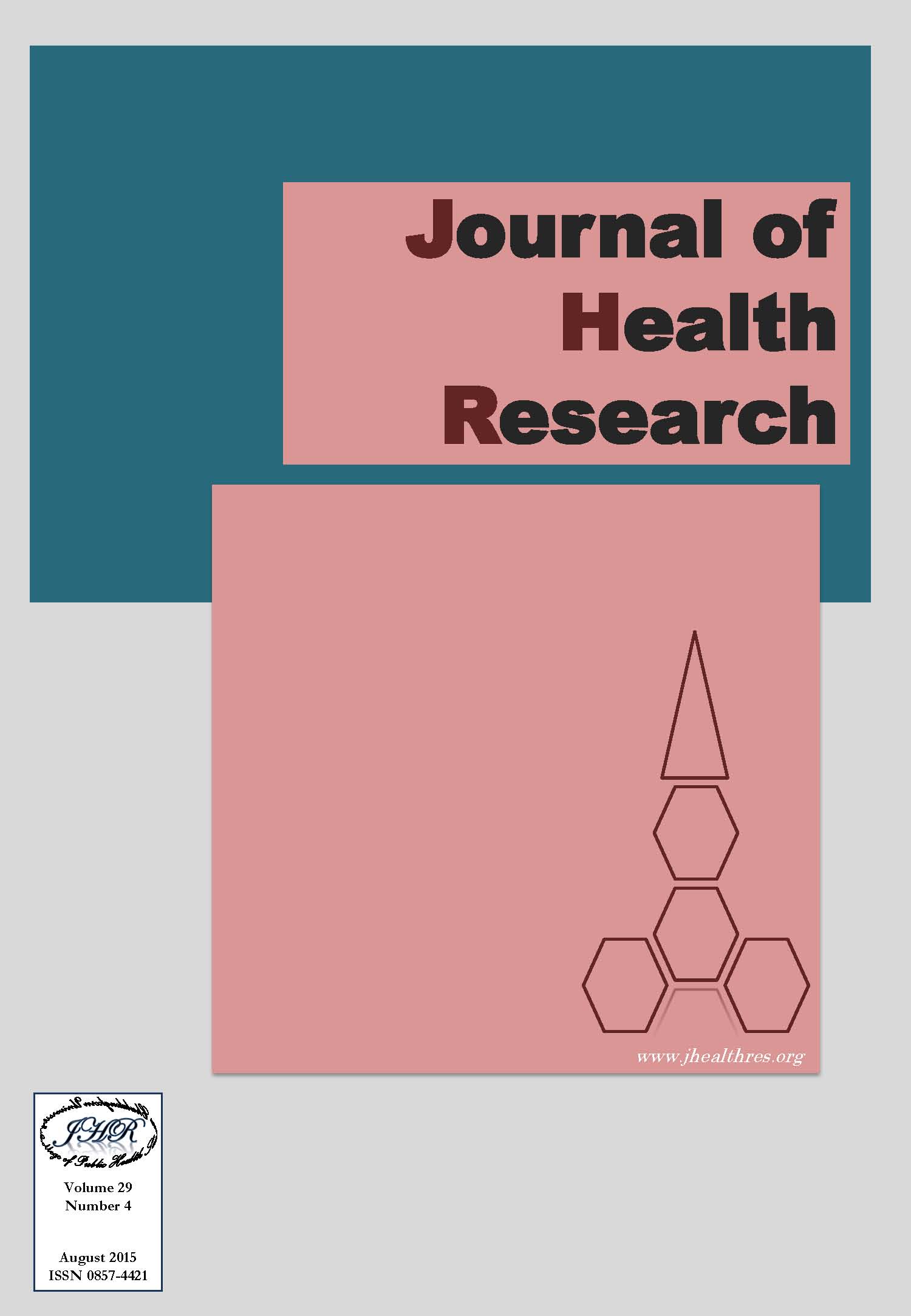What Are Pharmacist’s Expectations Regarding Primary Care Pharmacy Service? : a Preliminary Study of Normative Expectations in the Public Health System in Thailand
Keywords:
Pharmacist’s expectation, Primary care pharmacy service, Primary healthcare services, ThailandAbstract
Background: In Thailand, primary care service is a minor unit in health system; the service is divided into 3 sub-levels--individual, family, and community. For decades, community patients were mainly cared by nurses and community health staff, while, pharmacists, as healthcare providers, were expected to participate in community health for managing medication therapy. Recently, to provide pharmaceutical care in primary care settings, primary care pharmacy service was initiated by Thai pharmacists in public hospitals. Nevertheless, this new service is still in the learning and growth period.
Methods: This study aimed to describe pharmacist’s expectation toward primary care service from the provider's perspective. The qualitative method was applied. Primary care pharmacists in public healthcare settings were purposively selected as key informants with regard to their experiences in these services, as well as being publicly recognized as pharmacy care givers. All key informants were in-depth interviewed. All conversations were recorded and transcribed. Content analysis was adopted and triangulation of analyzed data was applied for validation. Overall, 14 primary care pharmacists across 4 national regions were interviewed. Most of them were male with a bachelor’s degree in pharmaceutical science. The participants averaged 10.5 years in pharmaceutical work experience.
Results: The study showed that the pharmacists’ expectations were divided into 4 parts –outcomes, process, roles, and service quality. The outcomes of service were "self-care" among patients or healthy people, "safety" in particular medication used in individual, family and community level, as well as, "efficacy" regarding clinical and non-clinical indicators, such as, reduction of HIV viral load, good adherence to medication, and good quality of life. The process of service was arranged respectively by case selection, pre-home/community visit, home/community visit, assessment, management, data delivering and monitoring. The roles of primary care pharmacists were provider, manager, supporter, and learner. Service quality was viewed as tangible, responsiveness, empathy in primary care pharmacy practice, and reliability in pharmacist's competency.
Conclusion: All pharmacist's expectation to primary care pharmacy services enables multi-disciplinary health professionals to gain more understanding of what pharmacist "could" and "should" do for patients. To complete the expectation's viewpoints, the further study of client’s expectation toward primary care pharmacy service is required.







